Planting oriental poppy and proper perennial care
Despite its short flowering period, poppy is popular in ornamental gardening. Huge bright flowers leave no one indifferent, and a variety of shades will allow you to create unique and spectacular compositions.
Plant appearance
Oriental poppy (small-leaved) is a species of herbaceous perennial from the Poppy family. The plant has powerful straight stems up to 1 meter high and green leaves up to 30 cm long with a large number of segments. At the beginning of summer, large flowers open on thick pedicels - simple, double or semi-double. The classic color is fiery red with a black spot at the base. There are poppies of peach, raspberry, cream, pink, salmon, white and purple, in some varieties, spots at the base of the petals or border. The flower diameter can be up to 20cm. The flowering period of the plant is about a month, one opened bud lives on average about three days. Repeated autumn flowering is possible. In the second half of summer, a fruit-box about 3 cm long, filled with small seeds, is formed.
Poppy has been cultivated for thousands of years in many regions of the world, and it is used not only for decorating plots.
- Many peoples associate the concepts of sleep and death with this plant; it is used in religious rites.
- Red poppies are a symbol of warriors who died in battle.
- Poppy is used in medicine for the manufacture of pain relievers and hypnotics.
- Poppy seeds are a delicious food that is often used in cooking. It is added to the dough, sprinkled with small poppy seeds on baked goods.
- Dried flower shoots with capsules are used to compose dry flower arrangements.
And, of course, poppy is a popular plant in decorative floriculture. A large number of varieties have been bred, which differ in size, color and appearance of flowers, resistance to unfavorable growing conditions and diseases. After flowering, the plant loses its decorative effect and begins to dry out. It is pruned, and in the area with poppies, annuals blooming in autumn, such as aster, can be grown. It is also convenient to combine poppy with late flowering perennials - chrysanthemums or daylilies... Different periods of flowering of plants will allow the flower garden to maintain an attractive appearance for a long time.
Different varieties of a flower are pollinated among themselves. Oriental perennial poppy for seed propagation is grown separately from other species. This will preserve the species properties: color, texture of the petals and other features of the plant.
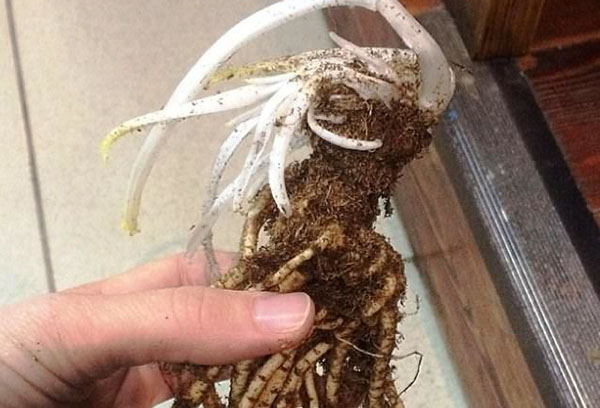
Reproduction methods
Several methods are used to breed perennial oriental poppies.
- Division of the bush.
The oriental poppy is a perennial that grows over time. It can stay in one place for more than 10 years, but it is better to plant a flower about once every 5-7 years. This can be done in May, while the plant is not yet blooming. The procedure is also allowed after flowering. A bush with an earthen clod is dug up and divided into several parts. The rhizome is fragile, so they do the job carefully. The resulting cuttings are immediately planted in a prepared place at a distance of 50-70 cm from each other. Young specimens need special care before rooting - frequent watering. The first year after transplantation, the plants are wrapped for the winter with a layer of dry leaves or spruce branches, later they hibernate without shelter.
This method is often used for especially valuable varieties.It ensures that all varietal and decorative characteristics of the mother plant are preserved.
If the poppy planting is completely transferred to a new place, even the smallest parts of the rhizome are carefully removed during transplantation. If they remain in the soil, they can easily germinate and spread over the site over time.
- Reproduction by root shoots.
You can separate a fragment of the poppy rhizome from the side without digging up the plant. It is carefully cut off with a disinfected tool before flowering - in April or early May. Sections are processed with crushed charcoal. They are planted in a prepared area. The interval between flowers is kept from 30 to 50 cm - depending on the desired effect and the type of plant.
- Seed method.
Growing from seeds is the most popular breeding method. If on the site with poppies fruits - boxes ripen, then next year self-seeding often occurs. To ensure reproduction, seeds are harvested and sown.
How to plant poppy seeds?
Poppy can be sown in spring and autumn. Autumn sowing is carried out in pre-prepared soil before winter. Stratification is useful for seeds, therefore, in regions with a mild climate, it is advisable to work at this time.
Spring sowing in open ground is carried out early, before the onset of stable heat. Plants tolerate cold well. In the dug-up area, the seed is scattered and lightly sprinkled with a thin layer of loose earth. You cannot deepen small seeds, in this case they may not have enough germination strength.
If you wish, you can grow seedlings in advance. Small seeds should be planted in a container with nutrient soil in early spring. They are not buried deep in the soil, but are scattered on the surface of the earth and then lightly pressed into the soil and covered with foil. Seedlings germinate in about two weeks, they need coolness and abundant light. The covering material is removed, and when a second true leaf appears, the seedlings are carefully dived. The flower does not tolerate transplantation and may die if the work is not carried out carefully. Flowers are planted in a permanent growing area when five leaves appear on them. When transplanting, they try to dig up a poppy with a large clod of earth and carefully transfer it to a new area. The plant can bloom in the same year, but some varieties of perennial poppies please with flowers only 2-3 years after sowing.
Features of cultivation
For good growth and beautiful flowering, poppy does not need to create conditions of increased comfort, it is an unpretentious plant.
- Eastern poppy will like loose sandy loam soil without stagnant water. On poor lands with high acidity, flowers become smaller.
- The most suitable place would be an open and sunny area, but with a little shade, the flower also grows well. In shady places, flower buds are worse tied, in some cases flowering does not occur at all.
- Oriental poppy is a fairly drought-resistant perennial. Its long taproot allows moisture to be found deep in the ground. It will be able to grow without watering, but regular moisture will provide more lush bloom. Many varietal plants do not tolerate periodic drought. Stagnant water can lead to root rot.
- The soil before planting plants is fertilized with humus (5-10 kg per square meter of land) and mineral fertilizing (30-50 g per square meter). Then they are dug to a depth of 30-40 cm. In the future, nutrients are added 1-2 times per season.
- Regular loosening will help provide the poppy with air flow to the roots. At the same time, weeds are removed on the site, and then the soil is mulched with peat or other materials.
- Large perennial poppies need to be supported during budding. A high stem is tied to it with wide enough ropes. Thin nylon threads are not used - they damage the stems.
- After flowering, dying foliage and stems are cut at ground level.Smaller leaves will grow by autumn. If you need to collect seeds, then the procedure is carried out after the ripening of the fruit-boxes.
- Poppy can withstand temperatures down to -40 degrees. Adult bushes do not require additional shelter for the winter, but it is better to take care of protection from frost for rare and varietal species. They are covered with dry leaves.
If you do not plan to collect poppy heads for seeds, then they are cut off after flowering. This prolongs the flowering period of plants, because the flower spends a lot of energy on the ripening of fruit-boxes.
How to collect seeds?
The poppy seed boxes are carefully cut off after they are completely dry. Store in a tight paper or cloth bag. You can leave the seeds in the fruit-boxes or pour them out of the "house". In faded poppies, the heads with seeds are often wrapped in advance with a light cloth. This makes it easier to protect the seed from self-seeding. This is important if you need to preserve the seeds of a flower of a particular variety or specimen you like.
Pests and diseases
Poppies can suffer from powdery mildew. Signs of the disease are white bloom on the leaves, which turns brown and darker over time, the spots merge and completely cover the entire surface of the leaf plate. The flower grows worse, and with significant damage it can die.
Poppy bacteriosis is manifested by greenish-brown spots on the leaves, which grow and transfer to the seed pods.
Parts of the plant infected with these diseases are cut off and destroyed. For treatment, spraying with copper oxychloride (40 g of the drug per 10 l of water), Bordeaux liquid, "Topaz" or "Maxim" is carried out. For the prevention of diseases in the fall, all plant residues are burned, poppy is not planted in shady places, healthy seed is used and waterlogging is not allowed.
The main pests that harm poppies:
- crunchy;
- nematodes;
- scoops;
- aphid;
- root burrowers.
To combat parasites, plants and the soil around them are treated with insecticides according to the instructions.
Blooming poppy decorates flower beds with bright lights of their inflorescences. It is used to decorate alpine slides, mixborders and rockeries. They grow on lawns in groups, creating flower beds in a rustic style. It will perfectly liven up any flower arrangement.
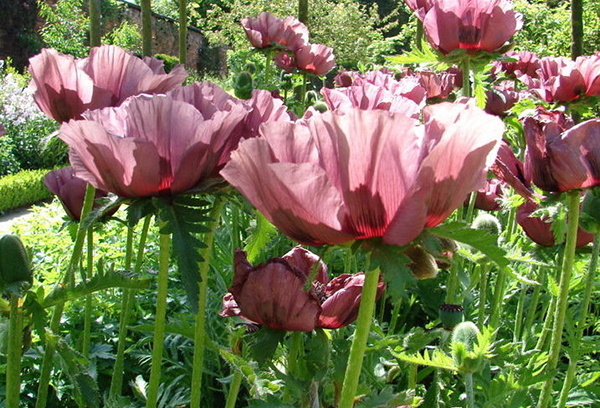
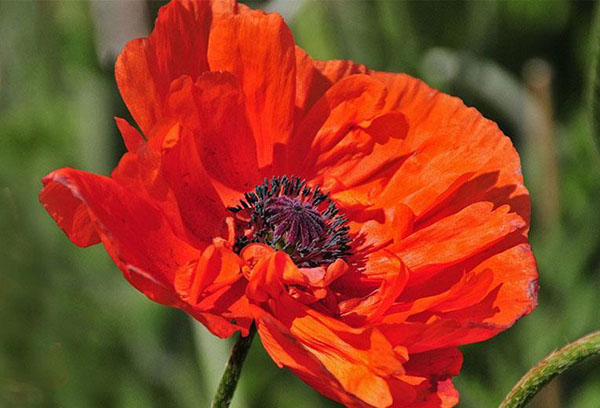
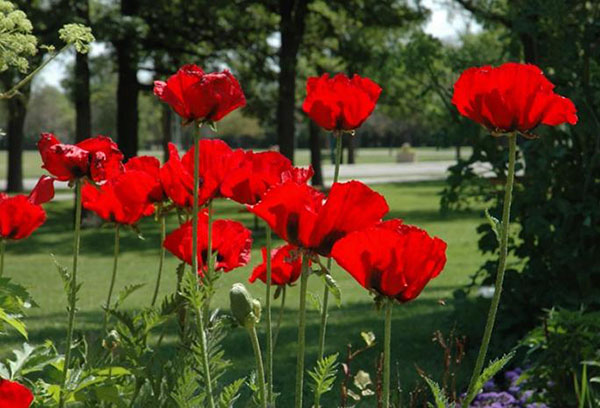
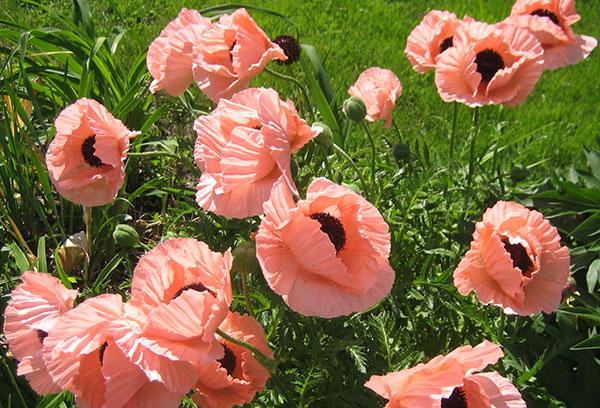
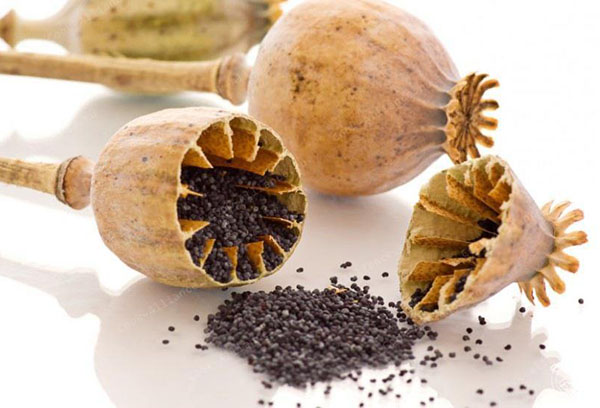
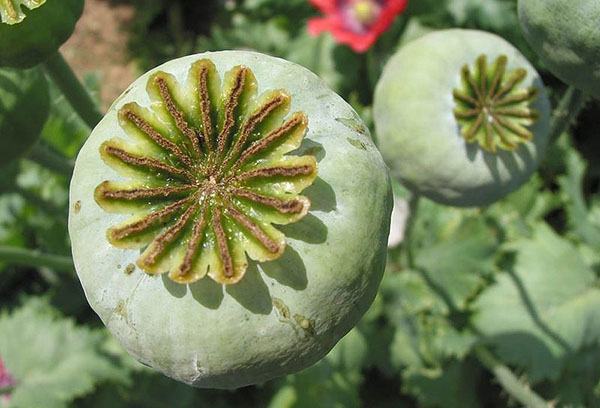
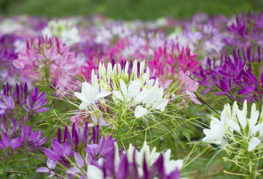
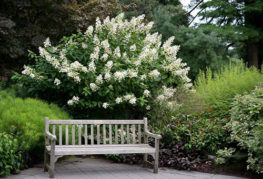

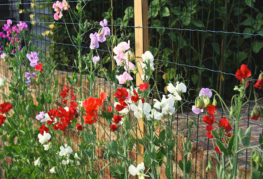
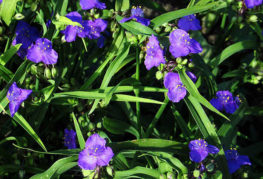
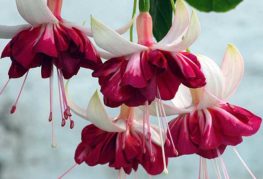
and will be published shortly.